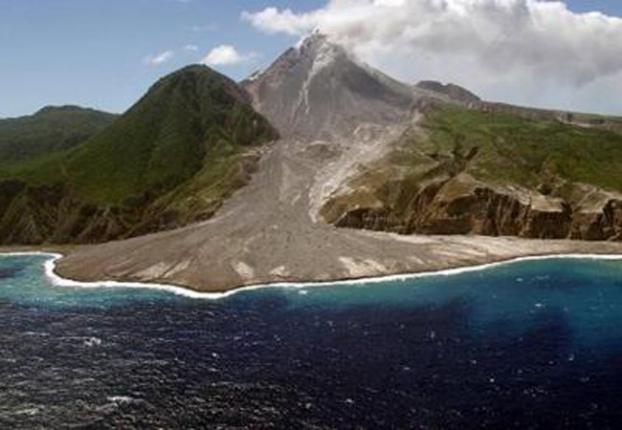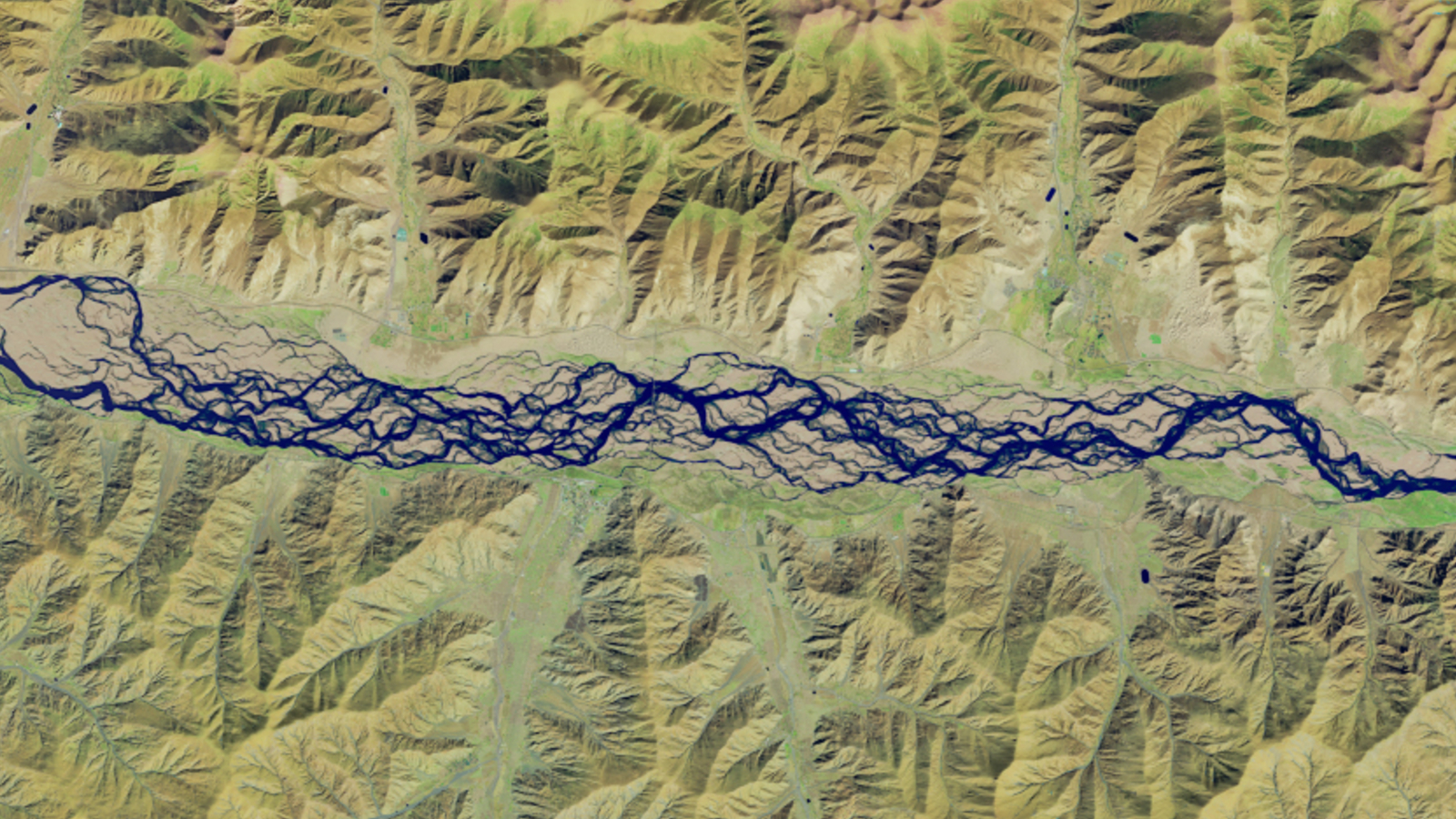
Trembling of Volcanoes Could Predict Their Eruption

An earthshaking new way to warn of explosive volcanic eruptions hours or days before they happen may finally have been discovered, by analyzing the tremors around the volcano, scientists reveal.
Explosive volcanic eruptions are typically preceded by volcanic tremors, but until now scientists had not figured out a way to use these disturbances to predict whether such eruptions might actually take place.
"People would recognize that volcanoes were waking up from tremors in the seismic data that magma inside was moving around but there was no way to make predictions as to what would happen," said researcher Mark Jellinek, a volcanologist and geophysicist at the University of British Columbia in Vancouver.
The breakthrough that Jellinek and his colleagues made was to focus on any connections that might exist between the tremors and the structure of the magma , which appears similar in all explosive volcanic systems, as opposed to the structures of the volcanoes themselves, which vary widely.
"This is the first model to do that, and we might have an early warning system now that works on a timescale of hours to days and does a good job at predicting when volcanic behavior becomes explosive and dangerous, for every volcano in the world," Jellinek told OurAmazingPlanet. "It's awesome."
Their analysis of past volcanic tremor data suggests the rumbles are caused by rising plugs of viscous magma shifting back and forth inside volcanoes. Rings of gas bubbles surround these plugs, acting somewhat like springy foam that resists this movement. As explosive eruptions near, the frequency of the tremors changes in a predictable manner.
"It may be that silver bullet for seeing when explosive eruptions are coming is on its way," Jellinek said. "This model should be very easy to test in the future."
Get the world’s most fascinating discoveries delivered straight to your inbox.
"I was motivated on a personal level on this," Jellinek added. "At a conference in Montserrat in 2005, we met at the prime minister's house, who wanted to say thank you to volcanologists who had gotten close enough to predict the huge eruption that took place there in 1995 so that there were no deaths. That motivated me to do forecasts better." Montserrat is part of the Leeward Island in the Caribbean Sea.
The scientists detailed their findings online today (Feb. 23) in the journal Nature.

